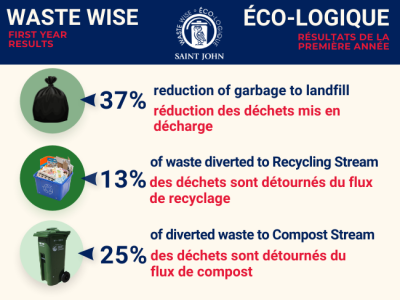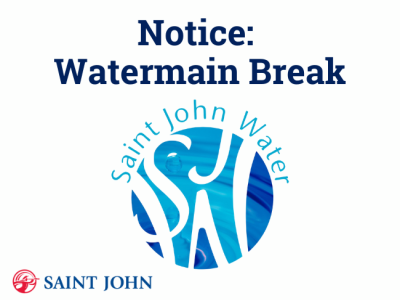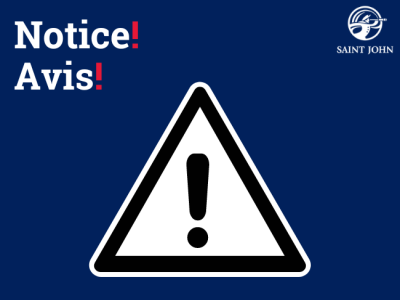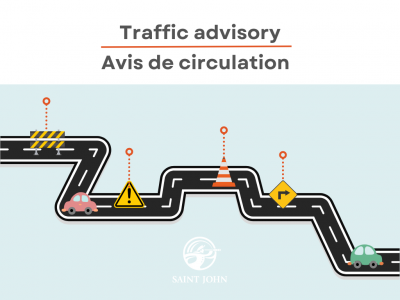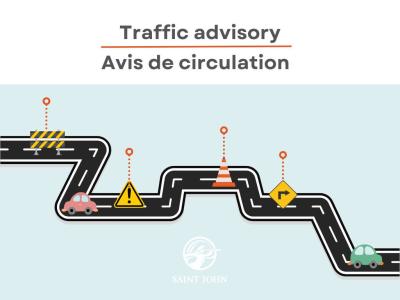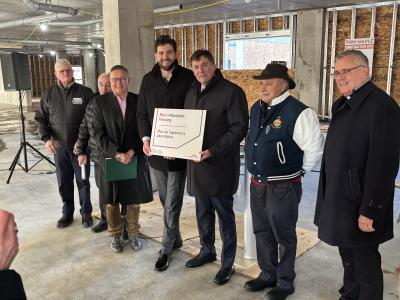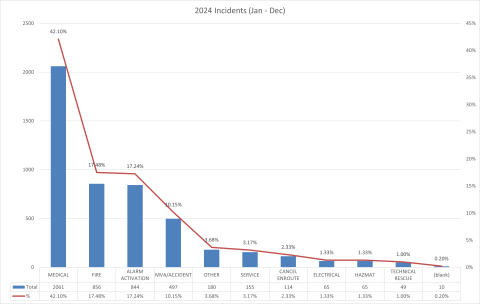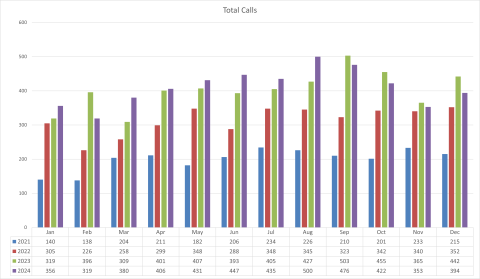Yes. Any temporary structure must be inspected by the Fire Department and/or Building Inspectors to ensure the safety of you and your guests.
Also, if you need to place stakes, fencing or other items into the ground, you must have the approval of the City AND you must call 1-866-DIG-LINE (1-866-344-5463).
